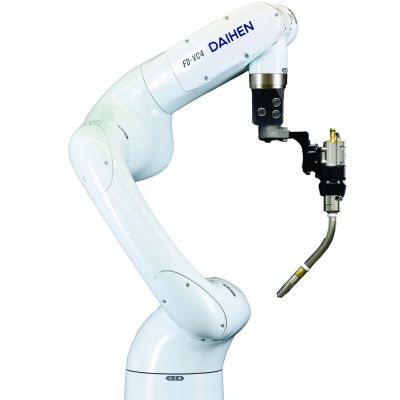For metal forming companies, this might
involve setting up smaller presses or machining facilities in regions where
demand is high, reducing the need to transport heavy, custom-formed components
across long distances. If one facility is disrupted, operations seamlessly can shift
to others. This diversifies risk, maintains production continuity and reduces
exposure to external shocks.
Operationally, decentralization offers
significant advantages. Locating production sites near end markets reduces
transportation costs and delivery times, particularly crucial for manufacturers
producing time-sensitive precision components for industries such as automotive
and aerospace. Proximity to customers also allows manufacturers to rapidly respond
to fluctuations in demand or custom orders, improving customer satisfaction.
Moreover, decentralization enables manufacturers to tailor production to local
markets, whether that involves customizing metal parts to meet regional
regulatory requirements or adjusting production volumes based on localized
demand trends.
For metal formers, decentralization isn’t just about overcoming immediate challenges—it’s about building resilience for the future. By adopting this approach, they can better anticipate market volatility, respond to unforeseen disruptions to mitigate impacts, and position themselves for long-term success in an increasingly complex global landscape.
Industry
4.0 in Action: The Smart Factory Evolution
Honing the focus within the shop floor,
manufacturers are transforming their facilities into smart factories by
embracing Industry 4.0 technologies, to stay flexible, connected and proactive.
Tools like big-data analytics, AI, digital twin and collaborative robots
(cobots) drive innovation and reduce labor costs, while digitizing operations.
Big-data analytics play a pivotal role by collecting and interpreting vast
datasets from machinery, sensors and production lines. These insights allow
manufacturers to identify inefficiencies, optimize energy use and implement
cost-saving measures.
Machine learning (ML) also has emerged as a
catalyst for future-proofing operations. ML analyzes complex datasets beyond
the scope of human capabilities, uncovering critical insights to transform
production management. It empowers manufacturers to anticipate and prevent
equipment failures through predictive maintenance, enhance quality control with
greater precision and maximize production efficiency. Given its potential, many shops already have adopted ML or are
preparing to do so, and some already have experienced a return on investment. Accenture
reports that 42% of companies say that their AI and ML initiatives have
proven to be profitable than initially expected.
The Role of AI, Digital Twins and Cobots
AI is just one part of the smart factory revolution, with other technologies, such as digital twins, addressing critical challenges specific to metal forming. For example, adjusting tooling for a new product or process carries both cost and risk. Digital twins—virtual replicas of physical products or processes—allow manufacturers to simulate these changes in a digital environment. This approach enables metal formers to test die adjustments, optimize press performance, or evaluate the effects of altering material grades without disrupting production. By mitigating risks and reducing costs, digital twins foster innovation, which is why 70% of technology leaders at large enterprises are
actively exploring or investing.
Beyond virtual tools, smart factories also
leverage physical innovations like cobots, which can assist with repetitive and
physically demanding tasks such as loading heavy blanks into presses, stacking
finished metal components or palletizing stamped parts. By handling these
tasks, cobots reduce ergonomic risks for workers, speed up processing times and
improve overall throughput. In fact, a single cobot can increase production
output by up to 40%.
Combining human expertise with machine
intelligence, smart factory technologies are enabling metal formers to drive
efficiency, enhance safety and remain competitive. AI applications are
expanding, from predictive maintenance for stamping presses to optimizing
production schedules and managing supply chains. As these tools become
increasingly accessible, manufacturers have abundant opportunities to integrate
cutting-edge solutions and position themselves for sustainable growth in the
years ahead.
Planning
for Success in 2025 and Beyond
As manufacturers prepare for the rest of 2025
and beyond, adaptability and innovation will be key to navigating ongoing
challenges such as supply-chain disruptions and market volatility. Embracing
smart factory technologies like AI, digital twins and cobots offers a practical
path to build resilience, enhance efficiency and meet localized demand.
Decentralized manufacturing, coupled with these tools, can help mitigate risks while unlocking opportunities for growth. By investing in flexibility, connectivity and data-driven strategies, manufacturers can position themselves to address current challenges and confidently adapt to the uncertainties of the future. MF
See also: ECI Software Solutions, Inc.
Technologies: Management, Sensing/Electronics/IOT









